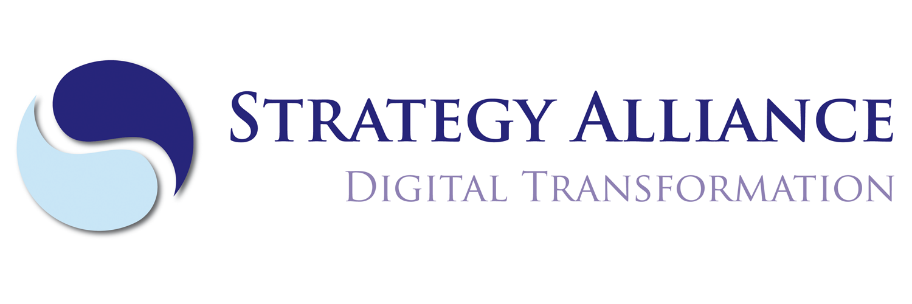ArchiMate 3.2's Motivation Aspects Are Crucial for Project and Architecture Clarity
Author:
02 February 2024
In the intricate field of business architecture, it is essential to comprehend not only what is being constructed but also its purpose. In this context, ArchiMate 3.2 - a leading, opening, architecture modeling standard and its motivational elements are crucial. Long-term success depends on the companies being able to articulate the "why" behind their projects and architectural plans, which is made possible by the motivational feature of this language.
Motivation Aspects: What Are They?
The Open Group created ArchiMate, a globally accepted standard for corporate architecture modeling. ArchiMate version 3.2 has a core for modeling the enterprise architecture in addition to several other features, such as motivational features. These are essential for documenting and explaining the motivations behind architectural projects and contain components for stakeholders, motivations, evaluations, objectives, specifications, guidelines, and limitations.
Why Do They Matter?
- Clarifying Vision and Objectives: Motivational factors help to express the fundamental causes and objectives of a project. This guarantees that everyone involvedᅳfrom IT personnel to C-level executivesᅳunderstands the goals of the project.
- Improving Stakeholder involvement: Motivational factors improve stakeholder ownership and involvement by precisely outlining expectations and goals. Gaining support and gaining buy-in are crucial for change management procedures.
- Assisting in Decision-Making: Making educated decisions is facilitated by knowing the "why" behind an architecture. This is particularly crucial when concessions or modifications to the project's scope are required.
- Risk Management: Risks can be more effectively detected and controlled if project motivation and objectives are understood early on. This aids in avoiding expensive errors and postponing projects.
- Encouraging Adaptability: Motivational factors can guarantee architectural adaptability in a company environment that is changing quickly. Organizations can adjust to new possibilities and problems faster when they know why they are doing things.
- Communication and Transparency: Clear motivation promotes better communication both within and between teams. This is necessary for complex project organization and successful execution.
Final Thoughts
The ArchiMate 3.2 motivation features provide an effective means for businesses to articulate and explain the 'why' behind their project initiatives and architecture. Organizations may manage risks, improve stakeholder involvement, provide a solid platform for successful change, and adjust to dynamic business environments by skillfully leveraging these elements. Making use of these elements is essential to any effective corporate architectural strategyᅳnot just best practices.
